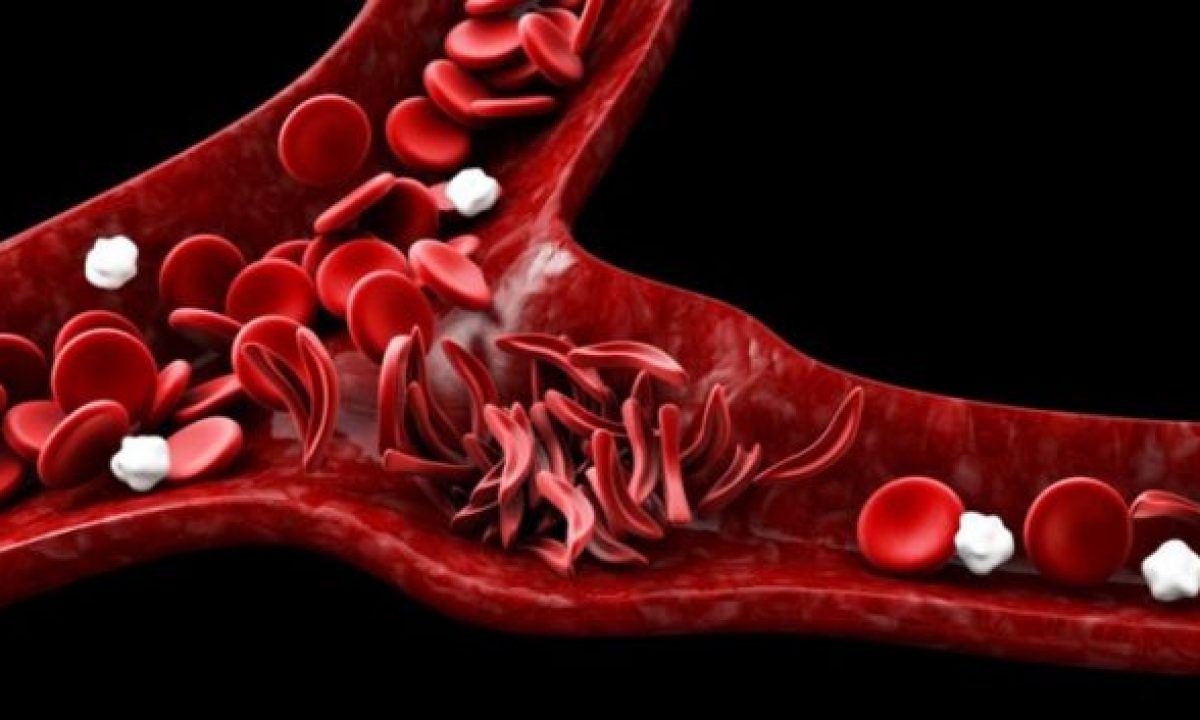Preventive Healthcare
Blood Disorder Disease Types, List, Symptoms and Treatments
10935 Views
0

Blood forms a vital component of the human body. It is the very basis of survival. Any blood disorder or disease should not be overlooked. One should be aware of blood diseases, their symptoms, and treatment options to prevent the progression of the disease.
What is a Blood Disorder?
A blood disorder is a disease or condition affecting the blood cells, which are red blood cells, white blood cells, platelets, and blood plasma. Whereas, a bleeding or blood clotting disorder is where the blood does not clot immediately when there is bleeding from an artery. It may be delayed or is absent completely leading to profuse, uninterrupted bleeding when there is an injury.
Blood Disorder Types
Blood disorders are categorised according to the cell or tissue affected. Here is a descriptive blood disease list.
Red Blood Cell Disorders
Red blood cells carry oxygen from the lungs to different parts of the body. Disorders affecting the function of these cells include:
- Anemia: Hemoglobin in red blood cells require iron to transport oxygen. A lack of iron or hemoglobin or red blood cells leads to anemia. There are different types of anemia like Iron-deficiency anemia, Pernicious anemia, Sickle cell anemia, Autoimmune hemolytic anemia, and Aplastic anemia.
- Thalassemia: It is an inherited genetic disorder in which the mutated genes prevent the production of hemoglobin. Lack of oxygen leads to a deficient oxygen supply to the body parts.
- Polycythemia vera: It is a genetic condition where too many immature red blood cells are formed leading to raised blood volume(thick blood) and the individual becomes prone to the formation of blood clots and stroke.
White Blood Cell Disorders
White blood cells are responsible for fighting infections in the body. Some of the disorders affecting them are:
- Lymphoma: It is a type of blood cancer where the white blood cells grow out of proportion in association with the damage occurring in the body’s lymphatic system.
- Leukemia: It is another form of blood cancer in which the white blood cells turn malignant and multiply in the bone marrow.
- Myelodysplastic syndrome (MDS): Immature White blood cells multiply rapidly in the bone marrow and may crowd the mature white blood cells.
- Multiple myeloma: It is a blood cancer where the plasma of white blood cells multiplies and causes damage to internal organs.
Platelet Disorders
Platelets are blood cells that are responsible for the clotting of the blood. Disorders affecting platelets are:
- Hemophilia: It is a blood clotting disorder where there is profuse bleeding either inside or outside the body in response to an injury.
- Primary thrombocythemia: Numerous platelets are produced in the bone marrow leading to increased clotting.
- Acquired platelet function disorder: These are acquired disorders due to long-term consumption of medications like antibiotics, heart medicines, aspirin, etc.
Blood Plasma Disorders
Blood plasma is a component of white blood cells that are responsible for the production of antibodies in response to an infection in the body.
- Plasma cell myeloma: This is a rare blood cancer where plasma cells grow and multiply disproportionately causing tumors and organ damage.
What are The Symptoms of a Blood Disorder?
Red blood cell disorder symptoms:
- Fatigue
- Breathlessness
- Muscle fatigue
- Rapid heartbeat
- Lack of focus or attention to a task
White blood cell disorder symptoms:
- Prone to infections
- Feeling tired all the time
- Sudden weight loss
- Long-term illness
Platelet disorder symptoms:
- One may bleed or get hurt easily
- Slow wound healing
- Presence of Non-healing wounds
- Fatigue
- Bleeding gums
- Nose bleeds
Bleeding disorder symptoms:
- Internal bleeding into joints
- Heavy menstrual blood flow
- Fatigue and general malaise
- Easy bruising
- Frequent nose bleeding
How is a Blood Disorder Diagnosed?
- Your doctor on suspicion of a blood disorder may order a Complete Blood Count (CBC) to analyse your blood cell status and other components like blood hemoglobin and blood volumes.
- A bone marrow biopsy may also be conducted to find out the cause of a blood disease.
- A platelet aggregation test is done to confirm platelet disorders.
- A bleeding time test is conducted to check the clotting process and time required to clot completely.
Blood Disorder treatment
After a definite diagnosis of a blood disorder, your doctor may start you on a medication course that will be customized according to the blood disorder. Medicines may include dietary supplements, antibiotics, medicines for platelet formation, etc.
Secondly, bone marrow transplant surgery may be considered to restart the process of healthy blood cell formation. Additionally, blood transfusions may help restore lost blood cells.
Iron supplementation is necessary to restore iron in the body.
Takeaway
Blood disorders or diseases are classified according to the individual blood cell types. On the other hand, bleeding disorders involve the deficiency of blood clotting factors leading to profuse bleeding upon an injury. Common symptoms of blood-related diseases involve fatigue, predisposition to infections, malaise, nose bleeds, and blood clot formation that may lead to a fatal stroke. Your doctor may order tests like a Complete Blood Count and bone marrow biopsy along with a bleeding time test to ascertain the cause of your symptoms. Treatment for any blood or bleeding disorder consists of medications and surgery if required.























 WhatsApp
WhatsApp